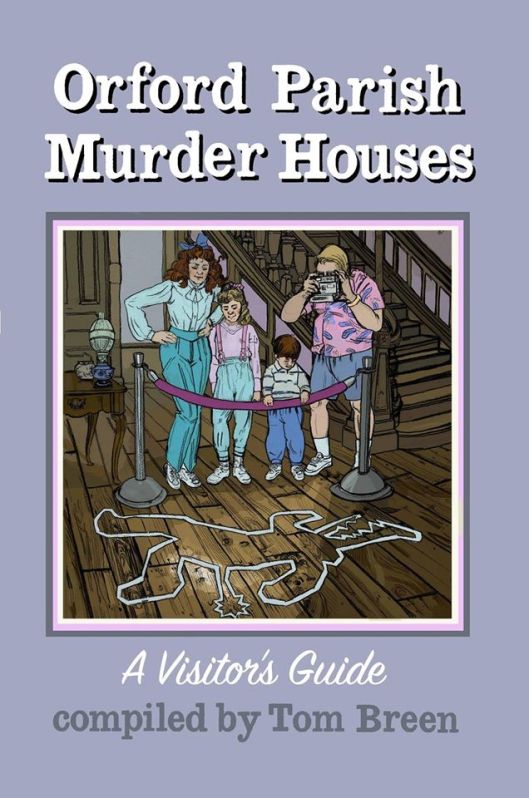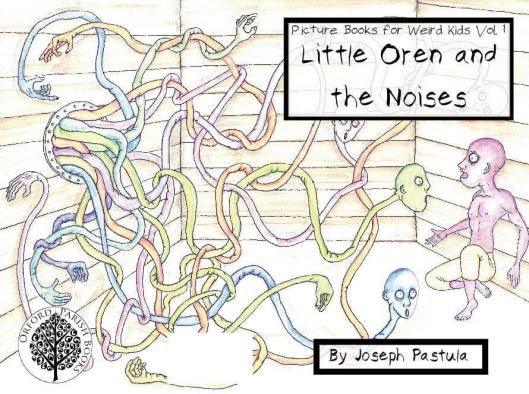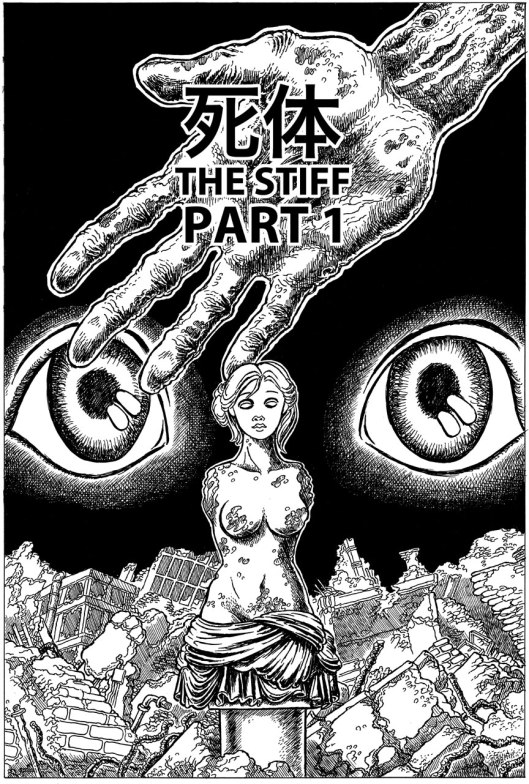
The Stiff
by Jason Bradley Thompson
Note: I should say in advance that the media reviewed is as of yet incomplete.
As a high school freshman myself, I find horror stories about high school fascinating. It’s not like you need that much embellishment. High schoolers already have to deal with mental/emotional shifts, a sense of discomfort in their own body, vicious social structures practically designed to screw people over, the conflict between a longing for childhood irresponsibility and a hunger for being recognized as mature, a gnawing sense of existential dread, the growing desynchronization of the mind-body/childhood-adulthood dichtomies…
Ahem. Well, this is not a confessional booth. Suffice to say, high school is generally unpleasant for most people, and usually stressful, so its not that hard to imagine horror in that setting.
At least, not hard for Jason Bradley Thompson, whose webcomic* The Stiff is the best high school horror story I’ve yet to read.
The Stiff follows Alistair Toth (prepare yourself for the references!), a student** at Larkspur High who is obsessed with horror film, fiction, and the like. He’s also, as the title suggests, a bit of a stiff: he claims to be asexual, doesn’t drink or smoke, and seems utterly disgusted by the idea of sex. The closest thing to a friend” he has is Jamie Etchison, who (unlike Alistair) is not only open to things like sex but is actively exploring her newfound sexuality.
Things get complicated when new student Alice Hoffman arrives at school. She actually begins to stir up some feelings in Alistair, leading to several fantasies of his which we see depicted (him and her being the last two survivors of a zombie apocalypse, etc.). But this isn’t a normal crush. Something much more subversive and disturbing is at work.
Things really go into a tailspin when Alistair is temporarily hypnotized at a party. Social problems created by this incident aside, he becomes fascinated by hypnotism, and, one day when he’s home with a fever, suffering from frenzied nightmares, he chooses to hypnotize himself.
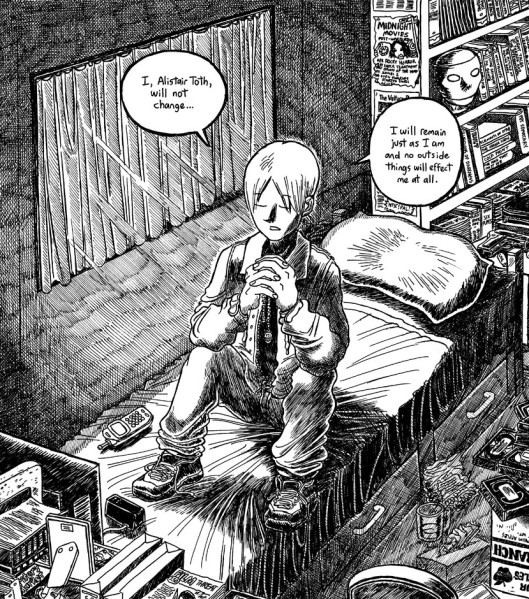
To say anything more would be a spoiler.
The story is slow. Thompson allows it to move at its own pace, jumping back and forth in time, showing the same events from different perspectives. This really helps build character and setting. By chapter four of the work (as of right now, there are five chapters, an unfinished sixth chapter, and a prologue) I felt firmly rooted in the lives of the major characters. They’re all likable people, particularly Alistair (when he’s not being pretentious!) and Jamie. Their conversations aren’t forced, the dialogue (despite a few misspellings) feels real. They act like normal people (well, most of the time. Alistair has a few things going on, so it’s not out of place.) and I feel like I know them.
Alistair’s struggle with his crush for Alice Hoffman can be interpreted as…well, what it is: a crush. It can be strange (and certainly frightening) to develop a crush on someone for the first time, especially when one is so conditioned against the concept of romance as Alistair is. Of course, in Alistair’s case, things are a little more unusual, but on the whole Thompson very effectively replicates the tumultuous emotions that go along with having a crush.
The horror itself is still in the shadows, and even after reading all of it I still don’t know what’s going on. That’s a wonderful feeling, though, isn’t it? The ambiguity of what’s really going on (and there is a lot of it!) is the very best kind of torture. Thompson is building an atmosphere, layer by layer, and the mystery of what the threat actually is is what makes it so haunting.
For this reason I hesitate to call The Stiff: Part One complete horror. The slow burn and the sheer unnaturalness of what is going on puts it more in line with modern weird fiction, or with Robert Aickman’s idea of the “strange story”, than with what I’ve come to know as horror. (Although, really, who needs demarcation lines for genre?)
The allusions, though, are unmistakable. There’s a student called Shirley Jackson, a dog named Sredni Vashtar. Even Larkspur, the genus that gives Alistair’s high school its name, is entirely toxic. This is the decidedly “meta” (and certainly tragic) twist to the story: Alistair is trapped in a scary story and doesn’t realize it, just like the hapless protagonists that he’s so fond of reading about.
Now onto the art. Ah, the art. Jason Bradley Thompson had already proved his artistic merit to me when I started reading The Stiff: Part One with his absolutely incredible adaptation of H.P. Lovecraft’s The Dream Quest of Unknown Kadath (which you can, and most certainly should, buy here). This project doesn’t offer up monsters or splendor, except in Alistair’s dream/fantasy sequences and the title pages of each chapter (which are drawn with obvious relish).

Chapter five title page
The art makes use of bold outlines and sharp crosshatching, leading to a claustrophobic sense of darkness. The characters, on the other hand, stand out bright white against the page, sometimes ugly, other times beautiful. When the horror comes a-creeping it is visibly shown in the panels: gnarled, decaying blotches of darkness ooze into the panels and indeed into the characters themselves. It made me feel physically uncomfortable at times, which is saying something.
There’s also so much attention to detail that it borders on obsessive. If you look at the panel of Alistair hypnotizing himself, you can read the title of more or less every book on his shelf. There’s a magazine called Film Threat on his dresser, and a mug of some liquid on the floor. It must take quite some time to cram so much into a single panel, but it certainly pays off.
Thompson once worked at VIZ Media, co-wrote a (quite entertaining, even for someone not particularly interested in the subject) column called House of 1000 Manga, and designed an acclaimed game called Mangaka, so its no surprise that his art can show the manga influence at times. His characters’ expressions, in particular, can be reminiscent of traditional Japanese comics. This is not a bad thing; on the contrary, I found it to be a bit of a breath of fresh air, given the style that most major American comics are drawn in.
The art does start out a bit rough, but greatly improves over time. Thompson himself noted this in his comments to the second page of the prologue: “the art in the early pages […] is old and sometimes a little embarrassing. […] Part of me wants to redraw these early pages, but recently I’ve come to the conclusion that artists going back and redrawing/rewriting their old stuff is a waste of time creatively”. It’s a matter of this (in chapter one):
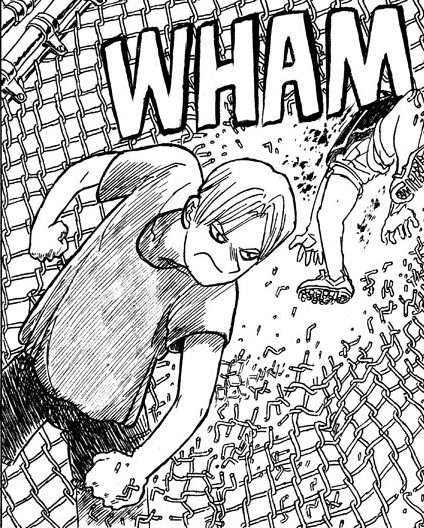
Versus this (in chapter six):
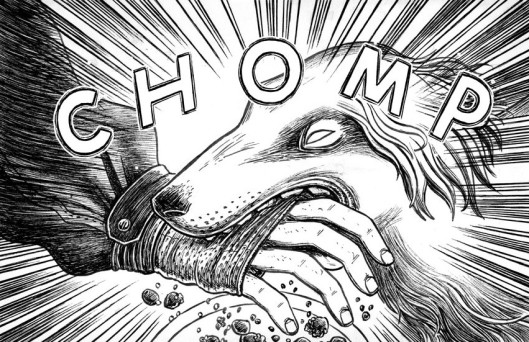
It’s worth sticking with.
It would probably be pertinent to mention at this point that, unfortunately, The Stiff (in its webcomic incarnation) has been canceled. Writes Thompson:
I set myself up with an artstyle [sic] too detailed and a plot too long to finish in the format I chose. […] thinking of the tremendous time investment it would take to draw those 750+ remaining pages, I think of the dozens of other, newer projects I’d rather do with that time. And when I think of leaving the sad, dangling possibility that *someday* I’ll finish drawing it, I think of other unfinished-but-never-officially-canceled comics that have bugged me and my friends over the years […]Inasmuch as possible, I’d rather not be part of such company, and have The Stiff[***] be a dead webcomic rather than an eternally-waiting-to-be-finished comic.
This was sad news to me when I initially read it, but not all hope is lost. “I’m going to finish The Stiff[****] as a prose novel,” he says in the same post. “Prose has vastly different requirements than comics and the resulting work will surely be different than a graphic novel would have been, but at least in prose I can honestly say that it *will* get done.”
It will be interesting to see The Stiff in a prose format, and how the comic will play off the writing. I am, however, wholly invested in it. God knows when it’ll be done, but I can wait.
Even in its current, half finished state, I can confidently say that The Stiff is one of the best weird fiction stories I’ve ever read, period. Yes, I’m going there. In my opinion, Thompson is in the league with the best of Lovecraft, Robert Aickman, Laird Barron, Matthew M. Bartlett, Ramsey Campbell, Michael Wehunt, Nathan Ballingrud, et al. Even if the story were to remain unfinished, it would still remain one of the best things I’ve ever read.
It just checks off everything that makes a really effective weird tale: compelling characters, disturbing horror/menace, the unknown, modern sensibility, and all the others. Part of me is worried that I might be overselling it, so keep your expectations low…but I’m not overselling it. At least, not in my opinion, which I recognize isn’t everyone’s.
I’ve gushed quite enough, and, it being a Sunday, I have school tomorrow. I’ll walk down the hall, go to my classes, doodle pentagrams in the margins of my notebook and scribble them out, and try not to let the day-to-day fear of death get to me. After reading The Stiff, though, that’s just a little harder…and I couldn’t be more glad for it.
You can (and most certainly should!) read The Stiff (so far) starting here. You can also just browse Mr. Thompson’s website, which is brimming with wonderful art and comics. The Comics Archive is a good place to start.
ANNOTATIONS
*For those who don’t know, a webcomic is defined as “a series of comic strips published online”, though it generally means any form of graphic media (not just comic strips) that one can read online.
**I hesitate to write freshman/sophomore/junior/senior because I’m sure I’d get it wrong, given that the story kind of hops around in time and space. Just…read the comic.
***My italics.
****My italics.

